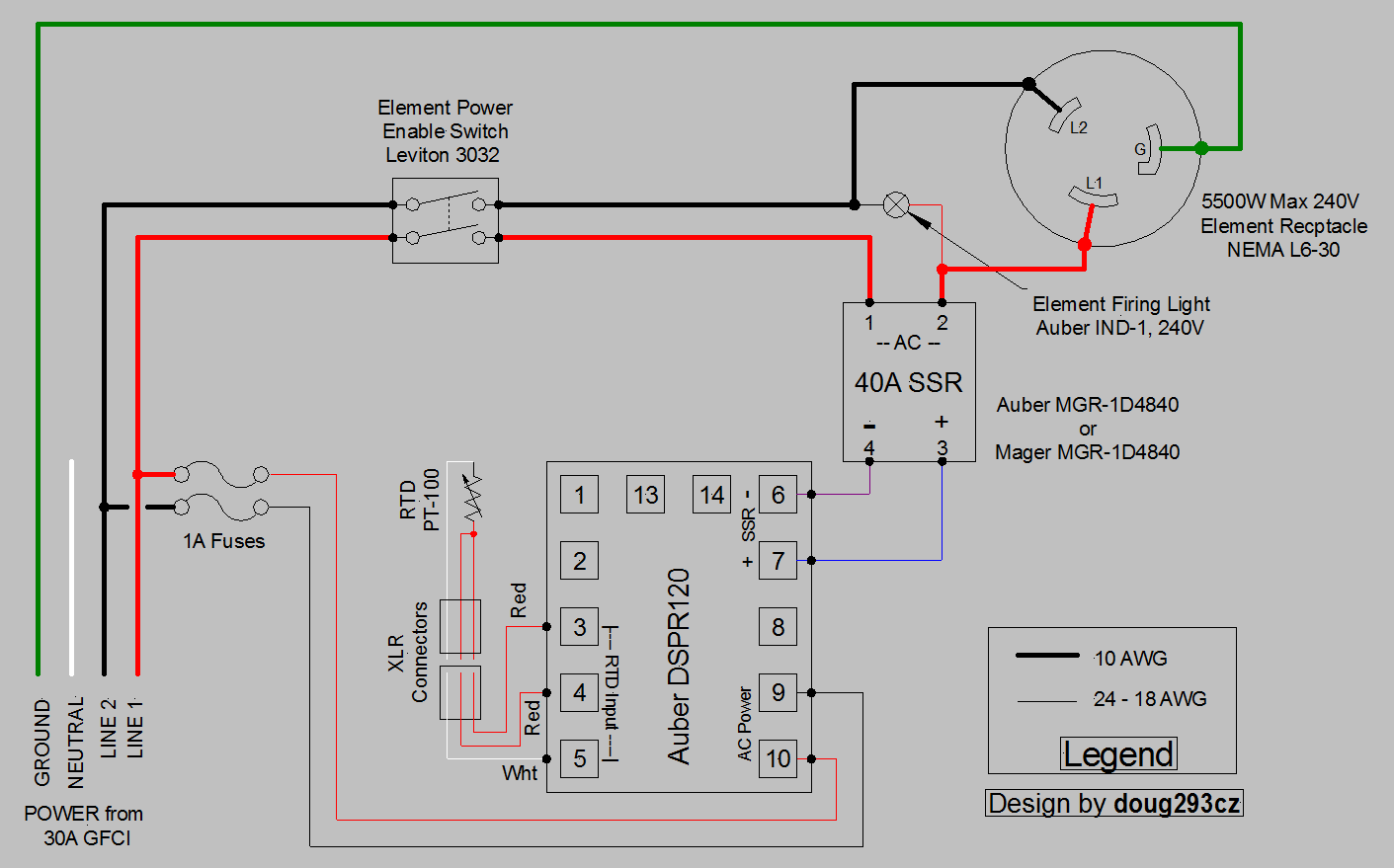I certainly see what you're saying about doubling up on the bridging of the ground and neutral. That makes sense since this outlet it connected to a sub-panel in the garage and not the main panel in the house.
Ack! This means it has never been to code. There used to be an exemption that allowed this, provided the outlet was directly attached to the service entrance (main panel) where the neutral and ground are bonded. See this from the thread I linked:
Those HHN circuits were only allowed when wired directly to the main service panel. That's why mobile homes have always used 4-wire outlets for dryers; their main service disconnect is out on the pole. So the 3rd wire is connected to BOTH the ground bar and the neutral bar because they are both tied together in the breaker box. (this assumes it was installed correctly) You can safely use it for a neutral connection OR a ground -- but you shouldn't use it for both (actual electric dryers exempted.)
So, should just disconnect the white wire coming OUT of the GFCI breaker then since it won't be used at the outlet end and cap off both ends?
Yes. To be clear, by "coming out" I mean the lug that's in between the two hots on the breaker itself. The pigtail MUST be connected to the neutral bus in the box (which in turn must be connected all the way back through the subpanel to the neutral bus in the main panel) in order for the GFI to function.
So, one last question. In the thread you referenced, they mention this:
View attachment 599147
This is the main reason I am reluctant to use the bare ground in the outlet. Should this be a concern? Obviously burning the house down is not an option at this point. LOL
Obviously this entire situation would be rectified by running new (4 conductor) wire and using a 4-prong outlet, but I'm trying to make this work (safely) without ripping out drywall and creating the need for a rewire of the welder as well.
Thanks again for helping me make this as safe of a set up as possible!
The warning there is not to use an uninsulated ground wire
as a neutral. And that is correct, because neutral wires are expected to carry return current in a 120V circuit. Ground wires inside structures are generally not insulated (they have to be for exterior wiring, for a different reason). This is because contact between the ground wire and boxes/conduit/etc is not undesirable, and in many cases is explicitly required by code. So there is no need to insulate it, because everything it should NOT touch
is insulated.
Make no mistake, you are using the bare ground wire now, because the ground lug on the outlet is bridged to the mounting "wings" on the outlet, which are touching the metal box, which is grounded using that wire. By moving it, you are just making a more secure, direct ground connection. Unless there's an actual problem with the existing wire somewhere, replacing it with a new 4-conductor cable with insulated ground will not increase safety in any way.
The reason you need an insulated ground wire in
exterior wiring is not to prevent it from touching other things in the wiring run, but to prevent corrosion from decaying the wire and causing a loss of ground.











